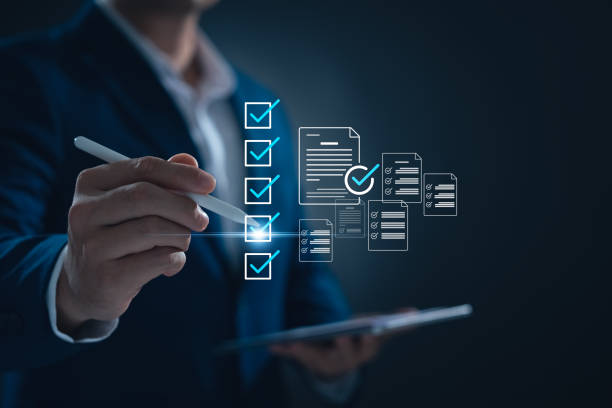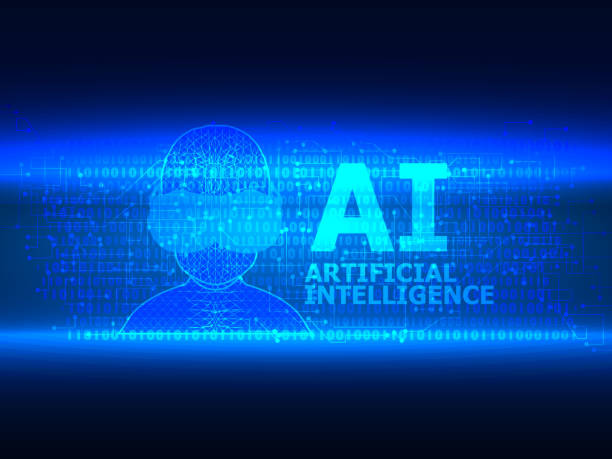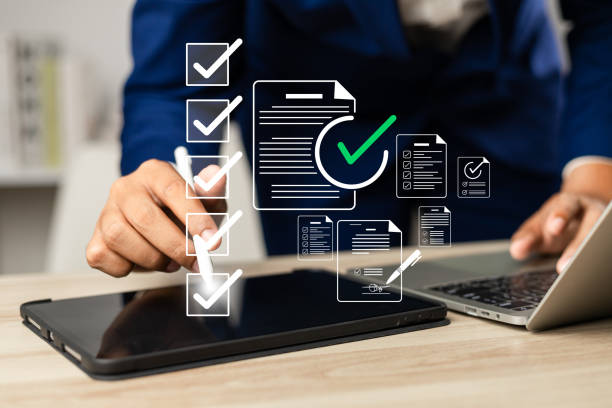What is On-Page SEO and Why is it Important?
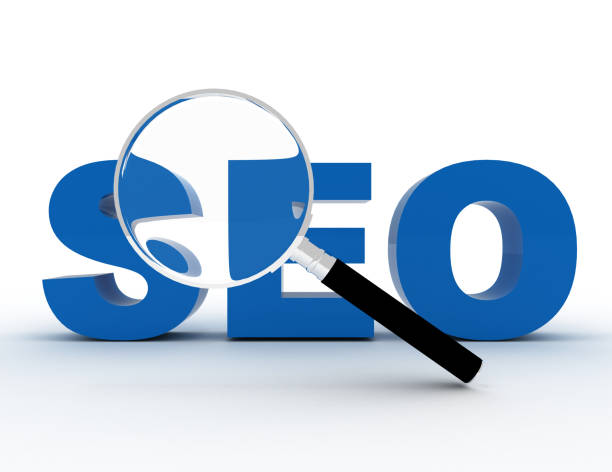
On-Page SEO is a set of actions taken to optimize various parts of a website, from content to structure and code, in order to achieve a better ranking in Google search results and other search engines.
The importance of On-Page SEO lies in the fact that it helps search engines better understand the content of the site and recognize its relevance to user searches.
A website with strong On-Page SEO has a better chance of attracting targeted organic traffic and increasing conversion rates.
This is very crucial for businesses because organic traffic is usually more stable and less expensive than other marketing methods.
By implementing principled On-Page SEO, you can ensure that the site is properly indexed and its content is displayed to the right users.
Failure to pay attention to On-Page SEO can lead to the site not being seen in search results and losing valuable opportunities.
Therefore, learning and applying On-Page SEO techniques is essential for any website.
Useful links for a better understanding of SEO: Wikipedia, Moz
Is your online store ready to attract maximum customers and increase sales? Rasawb transforms your online business with modern and efficient online store designs.
✅ Increased speed and improved SEO
✅ Excellent user experience on mobile and desktop⚡ Get a free consultation for online store design from Rasawb!
Keyword Research – The First Step in On-Page SEO

Keyword research is the cornerstone of any On-Page SEO strategy.
Before taking any action, you need to know what words your target audience uses to search on Google.
There are various tools available for keyword research, such as Google Keyword Planner, Ahrefs, and SEMrush.
Using these tools, you can find words that have high search volume and relatively low competition.
After identifying appropriate keywords, you should use them strategically in website content, titles, meta descriptions, and image tags.
Excessive use of keywords (keyword stuffing) can lead to the site being penalized by Google, so this should be avoided.
The main goal is to create high-quality and relevant content that answers users’ questions and needs.
Keywords should be placed naturally in the text and improve readability and comprehension.
A good keyword research strategy can help you attract more targeted traffic to your site and improve your ranking in search results.
Optimizing Titles and Meta Descriptions
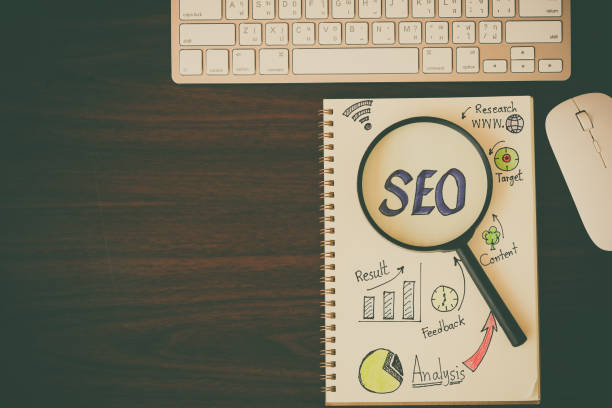
Titles and Meta Descriptions are two important elements in On-Page SEO that help search engines and users better understand the content of a page.
Titles are displayed at the top of the browser page and in search results, so they should be attractive and relevant.
The length of titles should be between 50 and 60 characters to be fully displayed in search results.
Meta descriptions are also short summaries of the content of the page that are displayed below the title in search results.
Meta descriptions should be between 150 and 160 characters and should encourage users to click on your link.
Using the main keywords in titles and meta descriptions can help improve the site’s ranking in search results.
Also, avoid duplicating titles and meta descriptions on different pages of your site.
Each page should have a unique title and meta description that are relevant to its content.
By optimizing titles and meta descriptions, you can increase your click-through rate (CTR) and attract more traffic to your site.
| Element | Description | Recommended Length |
|---|---|---|
| Title | Page Title | 50-60 Characters |
| Meta Description | Summary of Page Content | 150-160 Characters |
Optimizing Content for Search Engines and Users
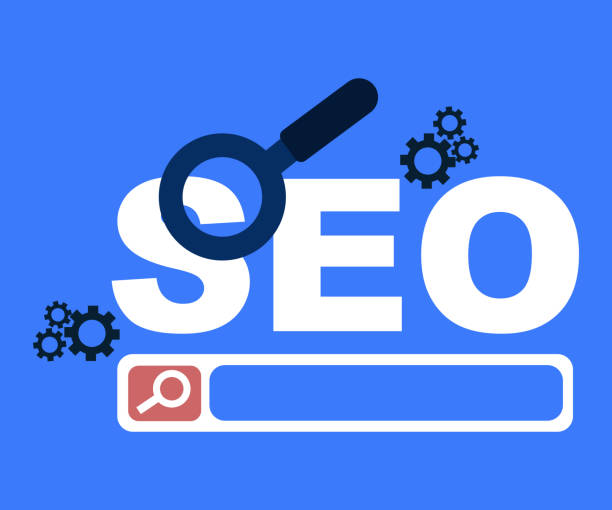
Content is king! This old saying is still valid in the world of SEO.
High-quality and valuable content not only helps improve the site’s ranking in search results, but also increases user satisfaction and turns them into loyal customers.
Optimize your content for your target keywords, but avoid using too many keywords.
Content should be readable, engaging, and relevant to users’ needs.
Use images, videos, and other multimedia elements to make the content more attractive.
Update your content regularly to keep it fresh and relevant.
Also, you should pay attention to the structure of the content.
Use subheadings (H2, H3, …) to organize the content and use short and readable paragraphs.
By optimizing content for search engines and users, you can increase your organic traffic and improve your site’s ranking.
On-Page SEO plays an important role in this section.
Tired of losing business opportunities due to the lack of a professional company website? Don’t worry anymore! With Rasawb’s corporate website design services:
✅ The credibility and professionalism of your brand increases.
✅ You attract more customers and sales leads.
⚡ Get a free consultation to get started now!
URL Structure and Internal Links
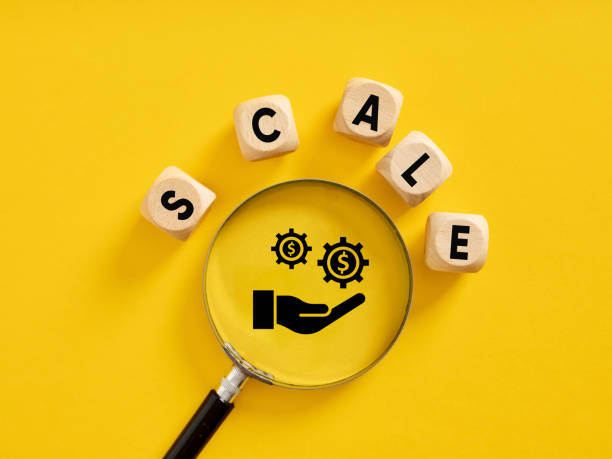
URL structure and internal links are two important elements in site architecture that help search engines better understand your site and help users easily navigate your site.
Site URLs should be short, descriptive, and include main keywords.
Avoid using long and complex URLs that contain meaningless numbers and letters.
Internal Links are links from one page on your site to another page on the same site.
Internal links help search engines understand your site structure and help users easily access related pages.
Use internal links to direct users to important pages on your site and use descriptive anchor text that is relevant to the content of the destination page.
A logical URL structure and strong internal links can help improve your site’s On-Page SEO and improve your site’s ranking in search results.
Correct use of on-page SEO will increase the site’s ranking in search engines.
Image Optimization

Images play an important role in the attractiveness and understanding of site content, but if they are not properly optimized, they can reduce the site’s loading speed and negatively affect the site’s On-Page SEO.
Before uploading images to the site, optimize them using image compression tools to reduce their size.
Use appropriate image formats such as JPEG for large images and PNG for images with lots of detail.
Add descriptive alt text that is relevant to the image content for all your images.
Alt text helps search engines better understand the content of the image and helps blind users understand the image.
Image filenames should also be descriptive and include main keywords.
By optimizing images, you can increase site loading speed, improve user experience, and improve your site’s ranking in search results.
Professional image optimization is one of the steps to professional on-page SEO.
Site Loading Speed
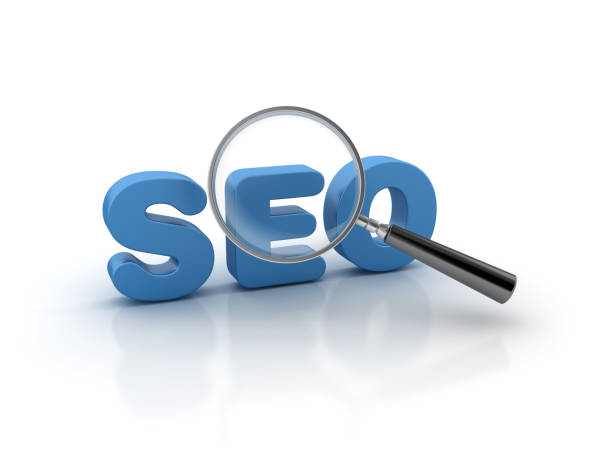
Site loading speed is one of the important factors in Google ranking.
Internet users expect web pages to load quickly, and if a site loads slowly, the likelihood of a user leaving the site increases.
Google also gives a better ranking to sites that have a high loading speed.
To increase site loading speed, you can use various methods, such as optimizing images, using Content Delivery Networks (CDNs), enabling Gzip compression, and reducing the number of HTTP requests.
Also, you should use a high-quality hosting that has high speed and stability.
By increasing site loading speed, you can improve user experience, reduce bounce rate, and improve your site’s ranking in search results.
On-Page SEO plays an important role in this section.
| Factor | Impact on Speed | Improvement Solution |
|---|---|---|
| Image Size | High | Image Compression |
| Number of HTTP Requests | Medium | File Merging |
| Hosting | High | Using Strong Hosting |
Responsive Design
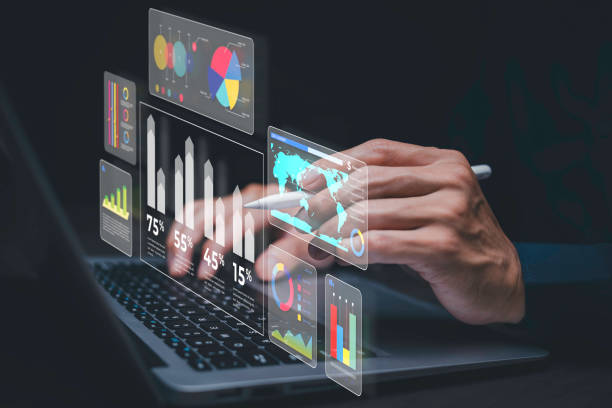
Considering that most internet users access websites through mobile devices, responsive design is essential for any website.
Responsive design means that your website automatically adapts to the screen size of different devices (such as mobile phones, tablets, and computers).
Google also gives a better ranking to websites that have responsive design.
To ensure that your website has a responsive design, you can use Google’s Mobile-Friendly Test tool.
Also, you should make sure that all elements of your site (such as text, images, and buttons) are displayed correctly on different devices.
By having a responsive design, you can improve user experience, reduce bounce rate, and improve your site’s ranking in search results.
On-page SEO is much easier for a website with a responsive design.
Tired of losing customers due to poor online store design? With Rasawb, solve this problem forever!
✅ Increased sales and conversion rate from visitor to customer
✅ Smooth and attractive user experience for your customers⚡ Get a free consultation
Using Schema Markup

Schema Markup is code that you can add to your website pages to help search engines better understand the content of the page.
By using Schema Markup, you can display additional information in search results, such as product ratings, prices, events, and other important information.
This additional information can increase the click-through rate (CTR) and attract more traffic to your site.
Google uses Schema Markup to better understand the content of web pages, and sites that use Schema Markup may rank better in search results.
There are various tools available for creating Schema Markup, such as Schema Markup Generator.
By using Schema Markup, you can help search engines better understand the content of your site and improve your site’s ranking in search results.
Using this method is one of the most important factors for on-page SEO.
Monitoring and Analysis
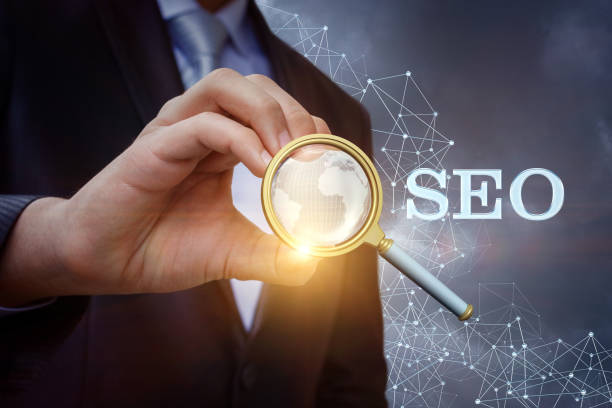
On-Page SEO is an ongoing process and needs to be regularly monitored and analyzed to achieve the desired results.
Use tools such as Google Analytics and Google Search Console to monitor site traffic, keyword rankings, and site technical performance.
By analyzing the data, you can identify the strengths and weaknesses of your On-Page SEO strategy and take the necessary steps to improve it.
Regularly update your site content, identify new keywords, and improve your internal linking strategy.
With continuous monitoring and analysis, you can ensure the performance of your site’s On-Page SEO and improve your site’s ranking in search results.
Also, remember that on-page SEO is a time-consuming process and requires effort and patience.
Frequently Asked Questions
| Question | Answer |
|---|---|
| What is a Meta Title and why is it important in on-page SEO? | The meta title is the most important element of on-page SEO that is displayed at the top of the browser tab and in search results. This title helps search engines and users understand the main topic of the page and should include the main keyword. |
| What role does the Meta Description play in on-page SEO? | The meta description is a short summary of the content of the page that is displayed below the title in search results. Although it does not directly affect ranking, its attractiveness can increase the click-through rate (CTR). |
| How should keywords be used in page content? | Keywords should be used naturally and relevantly in strategic locations such as the title, headings, first paragraph, and body of the text. Avoid excessive keyword stuffing. |
| What is the importance of high-quality and comprehensive content in on-page SEO? | High-quality, unique, informative, and comprehensive content that meets the user’s needs is of great importance. Search engines rank content that creates real value higher. |
| What is the application of heading tags (H1-H6) in the structure of on-page SEO? | Heading tags (H1, H2, H3, etc.) are used to structure content and specify the importance of different sections. H1 is the main title of the page and each page should have only one H1. Other tags are used for subheadings. |
| How can we optimize images to improve on-page SEO? | To optimize images, use descriptive alt text that includes relevant keywords, reduce the image file size without losing quality, and use meaningful and relevant filenames. |
| What are the features of a SEO-friendly URL for on-page SEO? | A SEO-friendly URL should be short, readable, descriptive, include main keywords, and be free of extra characters. The URL structure should be hierarchical and logical so that it is understandable for both users and search engines. |
| How does Internal Linking help on-page SEO? | Internal linking helps users and search engine crawlers better understand the structure of the site, transfers the credibility of pages, and increases the user’s time on the site by connecting related pages to each other. |
| What is the impact of page loading speed on on-page SEO? | High loading speed is critical for both user experience and SEO ranking. Slower pages may be ignored by search engines and lead to an increase in bounce rate. |
| Why is Mobile-Friendliness so important in on-page SEO? | Given the increasing number of searches via mobile devices, having a responsive and mobile-friendly site is essential for user experience and ranking in search results (Google’s mobile-first indexing). |
And other services of Rasawb Advertising Agency in the field of advertising
Smart Conversion Rate Optimization: An effective tool to improve SEO ranking by optimizing key pages.
Smart SEO: A creative platform for improving online growth with an SEO-driven content strategy.
Smart Reportage: A professional solution for analyzing customer behavior with a focus on smart data analysis.
Smart Sales Automation: A dedicated service to improve SEO ranking based on accurate audience targeting.
Smart Content Strategy: An innovative service to increase SEO ranking through marketing automation.
And more than hundreds of other services in the field of internet advertising, advertising consulting and organizational solutions
Internet Advertising | Advertising Strategy | Advertorial
Resources
What is On-Page SEO? Comprehensive On-Page SEO Training – Semrush
,On-Page SEO: A Practical Guide to Optimizing Web Pages for Google – Ahrefs
,On-Page Optimization: Definitive Guide – Moz
,On-Page SEO: The Definitive Guide (2024) – Search Engine Journal
? Do you dream of seeing your business in the online world? Rasawb Digital Marketing Agency offers innovative and comprehensive solutions, from exclusive website design and professional optimization to advertising campaign management, bringing you to the top. Build your digital future with us.
📍 Tehran, Mirdamad Street, next to the Central Bank, South Kazerun Alley, Ramin Alley No. 6

